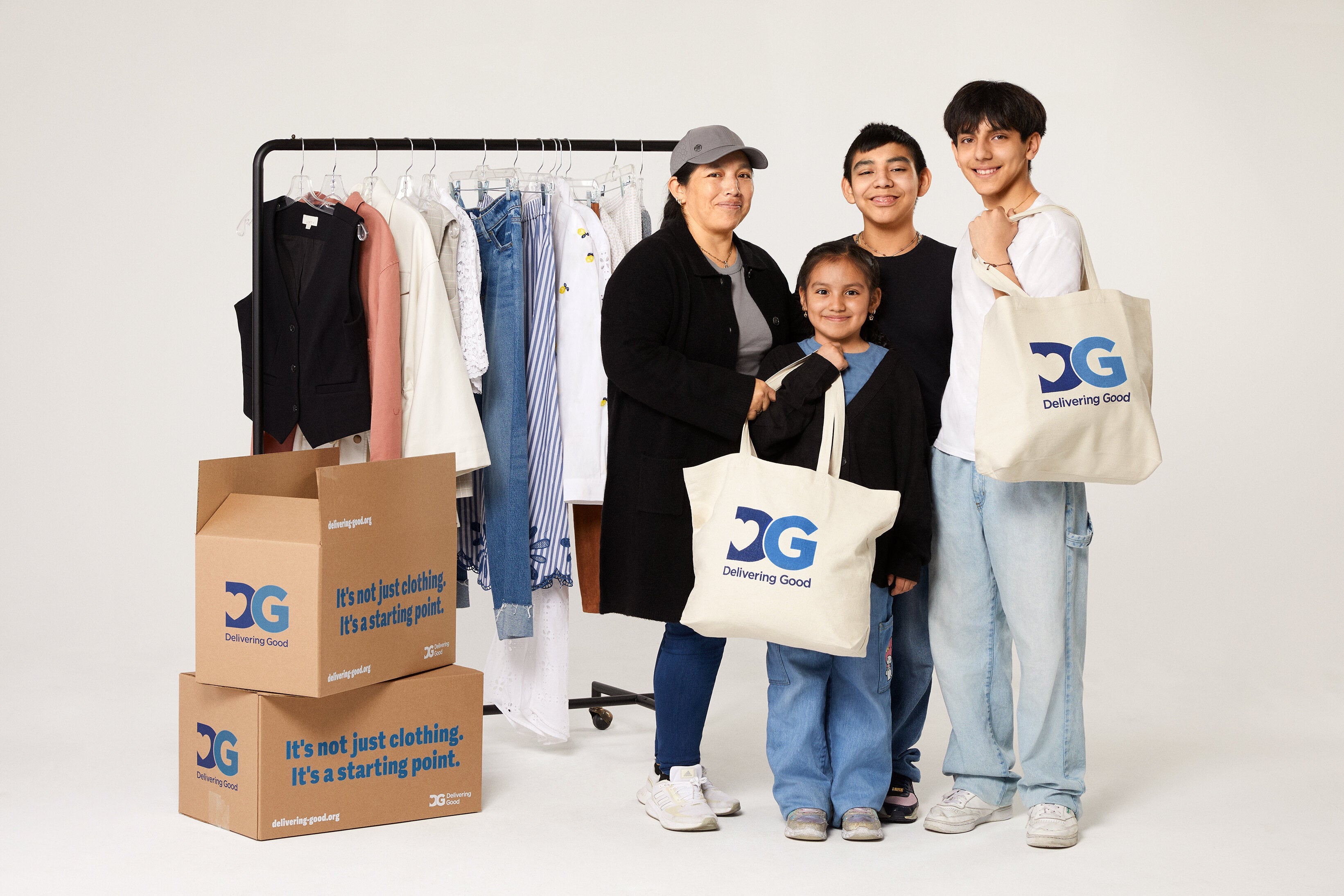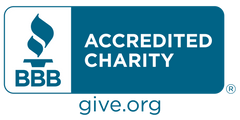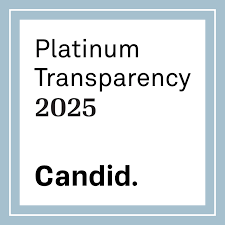The New Lifecycle of Swag: Turning Excess into Opportunity

This Earth Day, Delivering Good celebrates partners who are turning sustainability into action—like Ben Grossman, Co-Founder of SwagCycle. With a mission to keep branded merchandise out of landfills, SwagCycle offers companies a smart, impactful way to donate, recycle, or upcycle surplus items. Together, we’ve helped redirect high-quality goods from waste streams to communities in crisis. In this Q&A, Ben shares how SwagCycle started, how the promotional industry is evolving, and why doing good is good for business.
SwagCycle has helped divert tens of thousands of high-quality items from landfills—what inspired you to start this initiative, and how has the mission evolved over the last 5½ years?
SwagCycle was born out of real-world experience. Working in the branded merchandise industry, I saw firsthand how quickly swag can become obsolete—whether due to rebrands, acquisitions, or marketing shifts. Too often, companies didn’t know what to do with those items, so they ended up in the trash—not out of neglect, but because they lacked a simple, responsible solution.

We launched SwagCycle to change that. Our goal from day one was to create a platform that made it easy to donate, recycle, or upcycle branded merchandise. Over the last five and a half years, the mission has expanded dramatically. We’ve worked with some of the world’s most recognizable brands to give new life to their merchandise, and we’re proud to have kept more than 3 million items out of landfills and facilitated over $10 million in charitable donations. That impact—and the industry’s growing interest in sustainability—fuels our work every day.
Delivering Good has been fortunate to partner with SwagCycle to get products into the hands of people impacted by the LA wildfires. How do you see the role of charitable giving and sustainability intersecting in the promotional products industry?
At its core, our industry is about storytelling and connection. Charitable giving and sustainability offer an opportunity to tell a different kind of story—one about values, impact, and doing the right thing. When brands choose to donate excess items rather than discard them, they’re helping people in need and reducing waste. That’s a powerful combination.
Our work with Delivering Good during the LA wildfires is a great example. Instead of ending up in landfills, high-quality products reached individuals and families facing serious hardship. It’s a reminder that sustainability isn’t just about carbon footprint—it’s also about community care.
You’ve facilitated partnerships across the industry—from BNB Print Source to Social Imprints and Little Pepper Promotions. What does it mean to you to see these promotional companies come together for a common cause?
It’s incredibly inspiring to see the industry unite behind a shared purpose. We’ve had a number of firms—both distributors and suppliers—collaborate through SwagCycle, and it proves that sustainability can be a rallying point, not just a buzzword.

To date, we’ve facilitated over $10 million in charitable donations with partners like Delivering Good and helped divert more than 3 million items from landfills through donation, recycling, and upcycling. That kind of collective impact only happens when companies work together—and it’s a sign that the industry is ready to take meaningful action.
With SwagCycle’s model of upcycling and repurposing branded merchandise, have you seen a shift in how companies approach unused inventory—and can it also be a revenue driver?
Absolutely. We’re seeing a real mindset shift. Companies are starting to view excess swag not as waste, but as an opportunity—to reduce environmental impact, to support communities, and even to drive brand value.
In some cases, our partners have used SwagCycle as a talking point in ESG reports, marketing materials, or employee engagement initiatives. The goodwill created by doing the right thing has real business value. And for those who can’t donate, responsible recycling or upcycling can reduce disposal costs while aligning with sustainability goals. It’s not just good for the planet—it’s good for business.
What’s next for SwagCycle? Are there new collaborations, platforms, or media opportunities on the horizon that can help bring even more visibility to this collective sustainability effort?
We’re focused on growth—both in reach and impact. That means expanding our charitable and recycling network internationally, investing in better tech for traceability and reporting, and continuing to raise awareness across the industry.
We’ve seen strong interest from Europe and Canada and want to make SwagCycle a truly global solution. On the media side, we’re exploring ways to tell more of these stories—about the companies donating, the charities receiving, and the lives being touched in the process.
At the end of the day, our goal is simple: make it easy for companies to do the right thing, and create as much positive impact as we can along the way.





